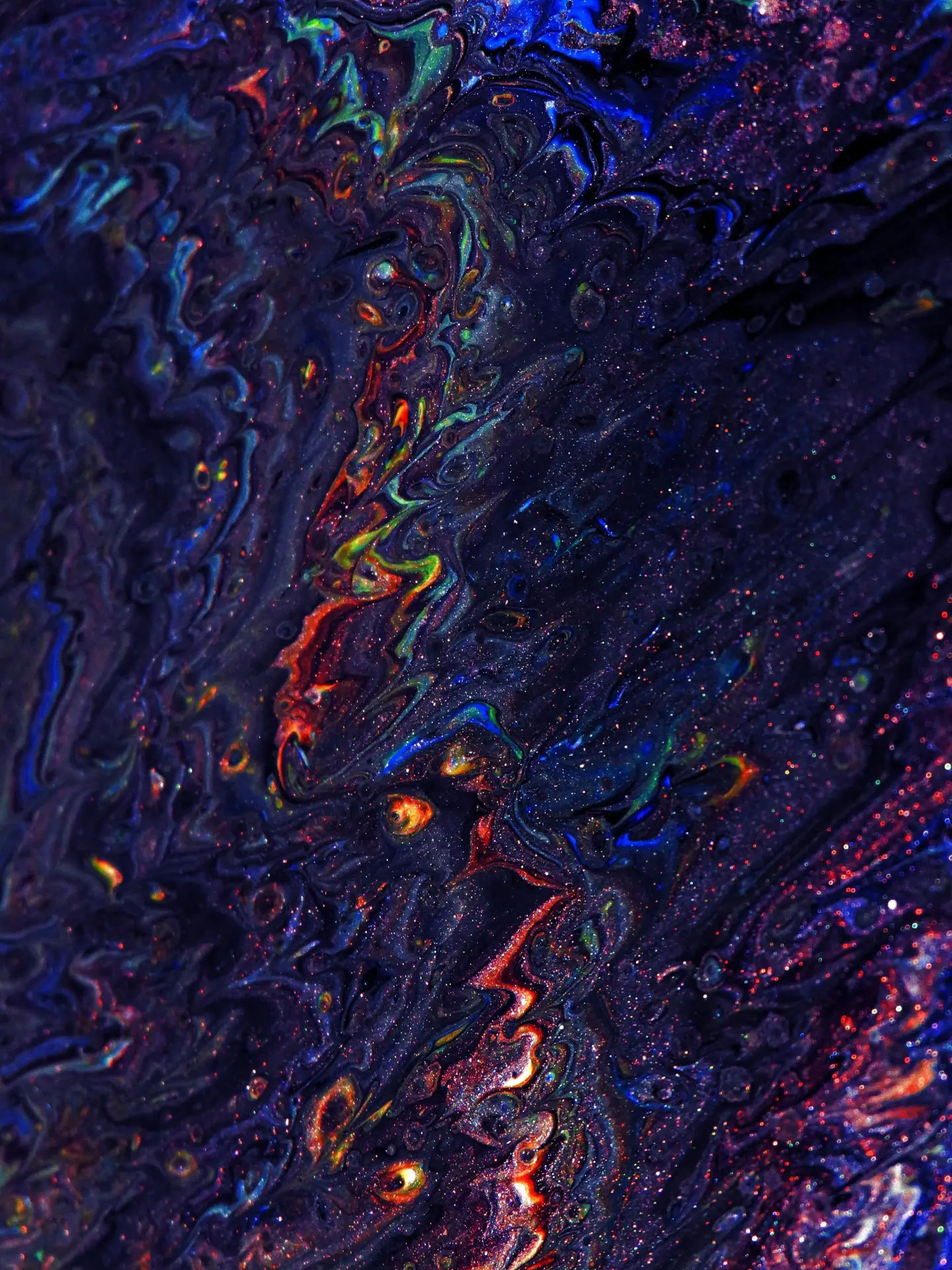Wendigo: Cannibalistic Spirits in Canadian Myth

Looking for more amazing products? Check out our online store and explore our collection here! Happy shopping!
Before diving in, please note: This post is for informational purposes only. If you’d like to know more about how we approach topics, feel free to check out our friendly Disclaimer Page.
Hey there, amazing readers! 
We’re committed to delivering quality posts, and your support (even just sticking around despite the ads) means everything to us. So, bear with us, and thanks for helping us keep the good vibes rolling. Now, on to the fun stuff!
TRANSLATE BUTTON AT THE END OF THE ARTICLE
A Quick Overview
The Wendigo is a mythical creature deeply rooted in Canadian folklore, known for its cannibalistic tendencies and terrifying appearance.
This malevolent spirit is said to prey on humans, possessing them and driving them to commit acts of unspeakable violence and cannibalism.
The legend of the Wendigo has been passed down through generations among Indigenous communities in Canada, instilling fear and respect for this powerful and dangerous being.
In this article, we will delve into the origins of the Wendigo myth, explore its characteristics, examine its cultural significance, and discuss its impact on modern society.
Exploring the Wendigo Legend
The Wendigo is often described as a gaunt, emaciated creature with glowing eyes, long sharp claws, and a voracious appetite for human flesh.
It is believed to roam the forests of Canada, particularly in the colder regions, where it preys on unsuspecting travelers and lost souls.
The legend of the Wendigo has been used as a cautionary tale to warn against greed, selfishness, and the dangers of giving in to one’s primal urges.
Origins of the Wendigo Myth
The Wendigo myth can be traced back to the Algonquian-speaking tribes of North America, particularly the Ojibwe, Cree, and Innu peoples.
According to traditional beliefs, the Wendigo is a malevolent spirit that is created when a human resorts to cannibalism in desperate times, such as during a harsh winter or famine.
The act of consuming human flesh is said to corrupt the individual’s soul, transforming them into a Wendigo and condemning them to an eternity of insatiable hunger.
The Transformation into a Wendigo
In Indigenous folklore, the transformation into a Wendigo is often portrayed as a gradual process, starting with feelings of intense hunger and paranoia.
The afflicted individual may experience hallucinations and delusions, believing that they are being pursued by malevolent forces or that they are possessed by the spirit of the Wendigo.
As the transformation progresses, the person’s physical appearance changes, becoming more gaunt and monstrous, with an insatiable craving for human flesh.
Characteristics of the Wendigo Spirit
The Wendigo is characterized by its insatiable hunger for human flesh, its ability to possess and control others, and its association with cold and desolate environments.
It is often depicted as a towering figure with pale skin, sunken eyes, and elongated limbs, stalking its prey in the darkness of the forest.
The Wendigo is said to emit a foul stench of decay and death, striking fear into the hearts of those who encounter it.
Wendigo Encounters in Canadian Folklore
Numerous stories and legends of Wendigo encounters have been passed down through generations in Canadian folklore.
These tales often involve individuals who have gone missing in the wilderness, only to return weeks later with a haunted look in their eyes and a taste for human flesh.
Survivors of Wendigo attacks recount harrowing experiences of being stalked by the creature, hearing its eerie cries in the night, and narrowly escaping its clutches.
Wendigo in Indigenous Beliefs
In Indigenous beliefs, the Wendigo is seen as a powerful and malevolent force that embodies the destructive aspects of human nature, such as greed, excess, and violence.
It is often invoked in rituals and ceremonies as a way to ward off evil spirits and protect the community from harm.
The Wendigo is also considered a symbol of imbalance and disharmony, reminding people to respect the natural world and live in harmony with the land.
The Psychological Impact of the Wendigo
The legend of the Wendigo has had a profound psychological impact on individuals and communities, instilling fear and reverence for this mythical being.
The fear of becoming a Wendigo or encountering one in the wilderness has been used as a cautionary tale to discourage immoral behavior and promote cooperation and sharing among community members.
The Wendigo myth serves as a reminder of the consequences of greed and selfishness, urging people to strive for balance and harmony in their lives.
Wendigo Depictions in Popular Culture
The Wendigo has made its way into popular culture through various mediums, including literature, film, and video games.
In novels such as Algernon Blackwood’s "The Wendigo" and Stephen King’s "Pet Sematary," the creature is portrayed as a malevolent force that haunts the wilderness and preys on unsuspecting victims.
In video games like "Until Dawn" and "The Long Dark," players must navigate treacherous landscapes while avoiding encounters with the Wendigo.
Cultural Significance of the Wendigo
The Wendigo holds significant cultural importance for Indigenous communities in Canada, serving as a symbol of the dangers of greed, excess, and selfishness.
It is often used in storytelling and artwork to convey moral lessons and teachings about the importance of respecting nature and living in harmony with the land.
The Wendigo myth continues to be passed down through oral traditions and ceremonies, ensuring that its message endures for future generations.
Modern Interpretations of the Wendigo
In modern times, the Wendigo myth has been reinterpreted and adapted to reflect contemporary issues and concerns.
Some artists and writers have used the Wendigo as a metaphor for addiction, mental illness, or societal decay, exploring themes of isolation, alienation, and inner darkness.
The legend of the Wendigo continues to evolve and resonate with audiences, sparking discussions about the human capacity for evil and the consequences of unchecked desires.
Comparing Wendigo Myths Across Cultures
While the Wendigo is primarily associated with Indigenous cultures in Canada, similar myths and legends exist in other cultures around the world.
In Native American folklore, the Wendigo is often compared to the Skinwalker, a shape-shifting creature with supernatural abilities.
In European mythology, creatures like the werewolf and vampire share similarities with the Wendigo in terms of their monstrous appearance and predatory behavior.
These cross-cultural comparisons highlight the universal themes of fear, power, and transformation present in Wendigo myths.
The Ongoing Influence of the Wendigo Myth
The Wendigo myth continues to influence and inspire artists, writers, and filmmakers, who draw upon its themes of darkness, hunger, and primal instincts in their work.
The enduring popularity of the Wendigo in popular culture speaks to its timeless appeal and relevance, as it continues to captivate audiences with its eerie presence and chilling tales.
The legend of the Wendigo serves as a cautionary reminder of the dangers of unchecked desires and the consequences of succumbing to one’s darkest impulses.
Conclusion
The Wendigo remains a powerful and enduring symbol in Canadian folklore, representing the destructive aspects of human nature and the consequences of greed and excess.
This cannibalistic spirit has captured the imagination of people around the world, inspiring countless stories, artworks, and interpretations across various mediums.
While the legend of the Wendigo may instill fear and unease, it also serves as a reminder of the importance of balance, harmony, and respect for the natural world.
As the Wendigo myth continues to evolve and adapt to modern society, its timeless message of caution and reflection endures, resonating with audiences for generations to come.

The Enlightenment Journey is a remarkable collection of writings authored by a distinguished group of experts in the fields of spirituality, new age, and esoteric knowledge.
This anthology features a diverse assembly of well-experienced authors who bring their profound insights and credible perspectives to the forefront.
Each contributor possesses a wealth of knowledge and wisdom, making them authorities in their respective domains.
Together, they offer readers a transformative journey into the realms of spiritual growth, self-discovery, and esoteric enlightenment.
The Enlightenment Journey is a testament to the collective expertise of these luminaries, providing readers with a rich tapestry of ideas and information to illuminate their spiritual path.
Our Diverse Expertise
While our primary focus is on spirituality and esotericism, we are equally passionate about exploring a wide range of other topics and niches 

To ensure we provide the most accurate and valuable insights, we collaborate with trusted experts in their respective domains 
Our blog originally focused on spirituality and metaphysics, but we’ve since expanded to cover a wide range of niches. Don’t worry—we continue to publish a lot of articles on spirituality! Frequently visit our blog to explore our diverse content and stay tuned for more insightful reads.
Hey there, amazing reader! 
Check out our store here and take a peek at some of our featured products below! Thanks for being awesome!













